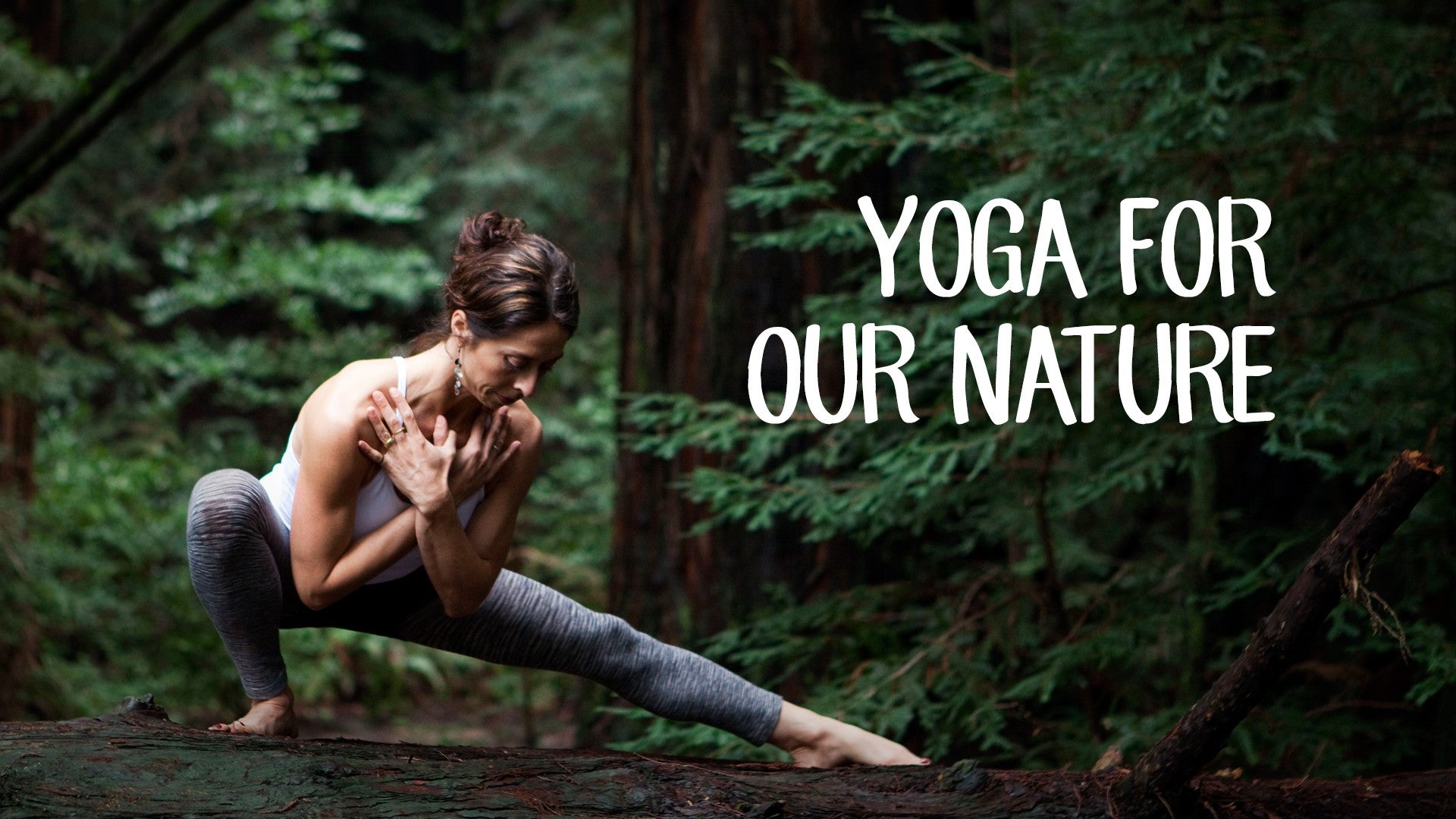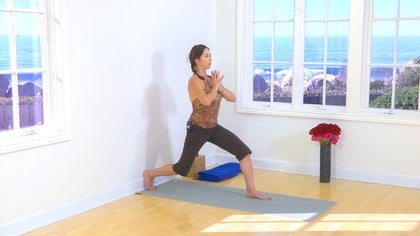Description
About This Video
Transcript
Read Full Transcript
I'd like to introduce you to Ayurveda, a health-science, a way of living, that's closely aligned with nature. Ayurveda teaches us how to read nature and how to look into nature for solutions to imbalances that we experience in life and in our body, in the body. One thing we try to do is to promote health, and then we also try to help people remember their true nature and to celebrate their uniqueness. There's a term that we use called swastha, which is a term that describes somebody who is well established in them self. Somebody who has a balanced constitution and who maintains that balance for long periods.
Somebody in that state would typically have very consistent, good digestion, and digestion of all things that we bring through the senses. Somebody would be of, skillful and managing their senses if they were maintaining that quality of swastha, and also have mutual respect for nature. So as we start to learn more about our body, one of the places we go to learn more about the body is through the five elements. And in Ayurveda the five elements are what we describe to make up all the material world out there, including our body. So if we think for example Earth, is one of the elements, solid, stable, dense, like a rock or like a mountain, that's also within our body, in our bones, in our teeth would be places to experience that quality.
I like to think in our asana practice that shavasana is a great example of an Earth pose. And then we have Water. Water is fluid, it's wet, it moves, it's hydrating. So water is of course, majority of our body. 80, 90% of our body is water and so water is also within the saliva, within sweat, within the plasma that moves in the body.
The way I like to relate water to the asana practice is that phase of class where you're just warming up, moving slowly in and out of movement, just loosening up, it's a nice way to get circulation enhanced. Then we have Fire, and fire is one of the elements that's very sharp, intense, hot, transformational. Within our body we have fire and all the cells in the body, but we speak to it a lot in relationship to digestion, and to the acids in the stomach that help us take something from the outside, transform it into our own body. So, acids are one as well as fire helps to regulate your core temperature. So in asana practice I like to relate that to that phase of class that's more sun salutation focused, okay?
Where you're trying to make some heat, or you're holding poses longer to generate some more heat, some more fire. Then we have Air, is one of the other elements, the fourth in this case. And air is subtle. It's, that which moves, and it helps move all the other elements in or out of balance so it's one of the primary elements to really steady. I think the best way to understand the air element is to spend more time doing pranayama practice.
First, starting just to simply have awareness of breath coming in and out, and then over time having more discipline practice where we're holding breath for different amounts of time, and so on and so forth. So, air is one of the subtle elements. The most subtle of the elements then is Ether, the fifth one, and ether is the space between matter. Ether is the backdrop in which this whole life experience is happening, it's our witnessing consciousness. And I feel like that's best understood and experienced in the yoga practice through meditation, in places where we allow ourselves to expand into the greater, as well as also through our imagination and intention to also bring awareness that this outer-space can also help support us and contain our, our water, that it can contain our posture.
So there's a sense of support that can come from the ether, as well as our ability to spread out into the ether, depending on your intention. So the more that we learn about the elements and their qualities, then we can start applying that to very simple sutra called like increases like, unlike or opposites decrease. So, if you're someone who's experiencing a lot of heavy, lethargic, slow, kind of movements in the day, and you might be needing a little bit more of the opposite to help you feel more like your balance self. So if you're feeling heavy, lethargic and unmotivated for a long period of time, something that might be helpful is to do a little bit of air-like practice or to do some fire-type practice, to help decrease the Earth from getting more predominant. If somebody was experiencing a lot of heat, a lot of exposure to the sun, or was really irritated by something that day, it might be nice to do more of a water-cooling practice than to step into the fiery kinda practice, which might increase even more irritation over the long haul.
Another example, if somebody's feeling spacey, or ungrounded, having a hard time focusing, rather than doing an airy-type practice which might stimulate even more spaciness, to do something more earthy like in their practice or perhaps eat is another way to bring Earth into the body. So we just start to notice throughout the day, which elements are potentially making you feel not like your best self, not like that state of swastha I described, and potentially use the opposite, the unlike quality of that element that's expanding, so that you feel most like your healthy self. And so I hope through the exploration of these five elements in the practice, that you live in more health and the seasons to come. Thank you, have a great time.
Yoga for Our Nature: Elemental Yoga
Comments
You need to be a subscriber to post a comment.
Please Log In or Create an Account to start your free trial.



















